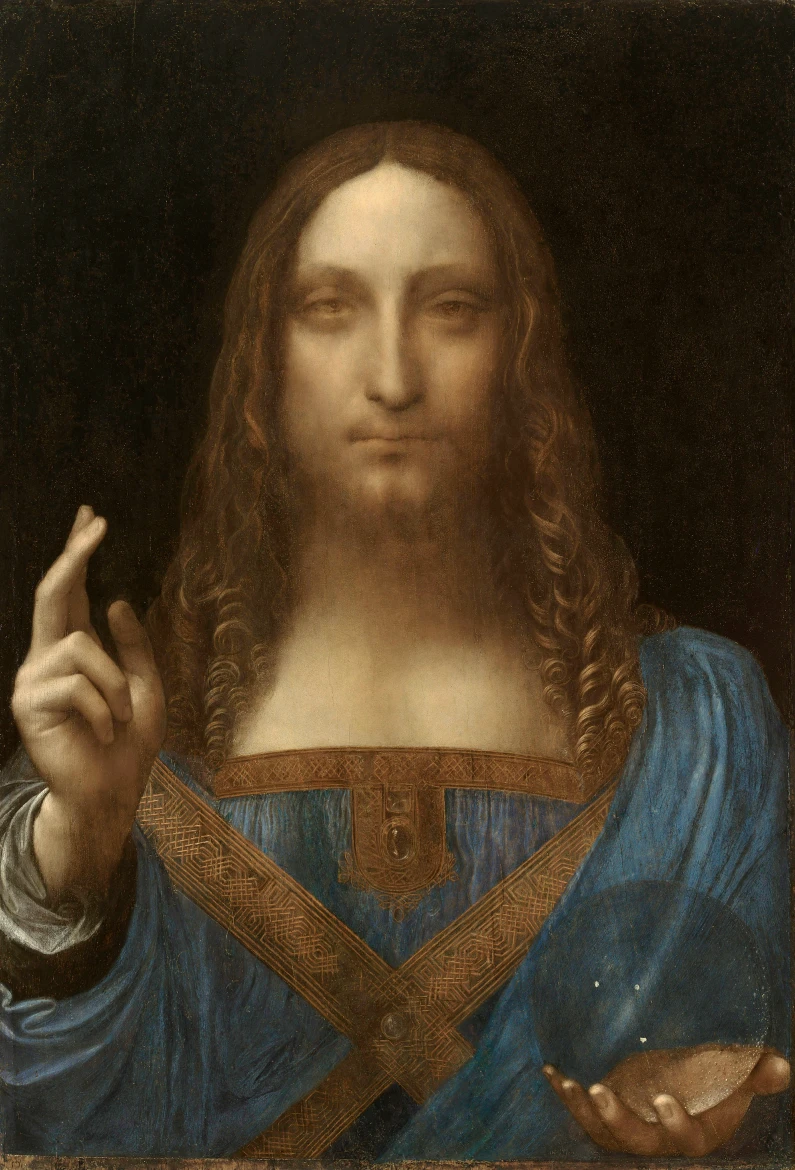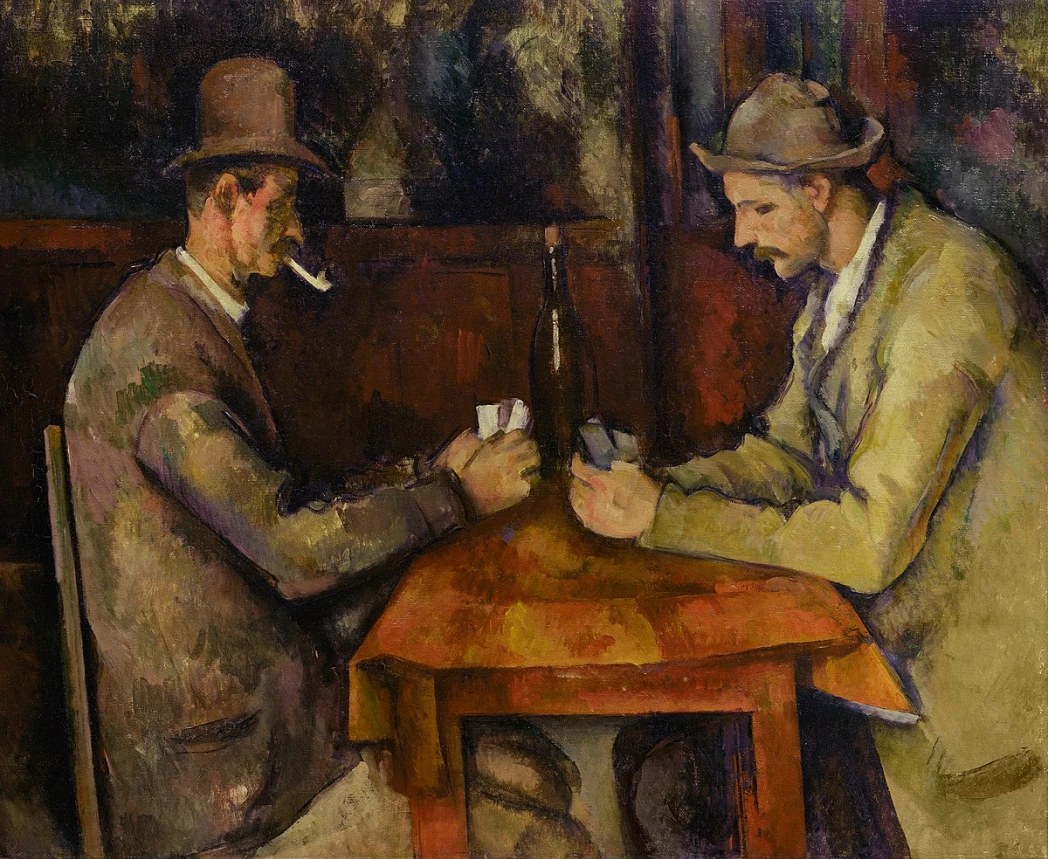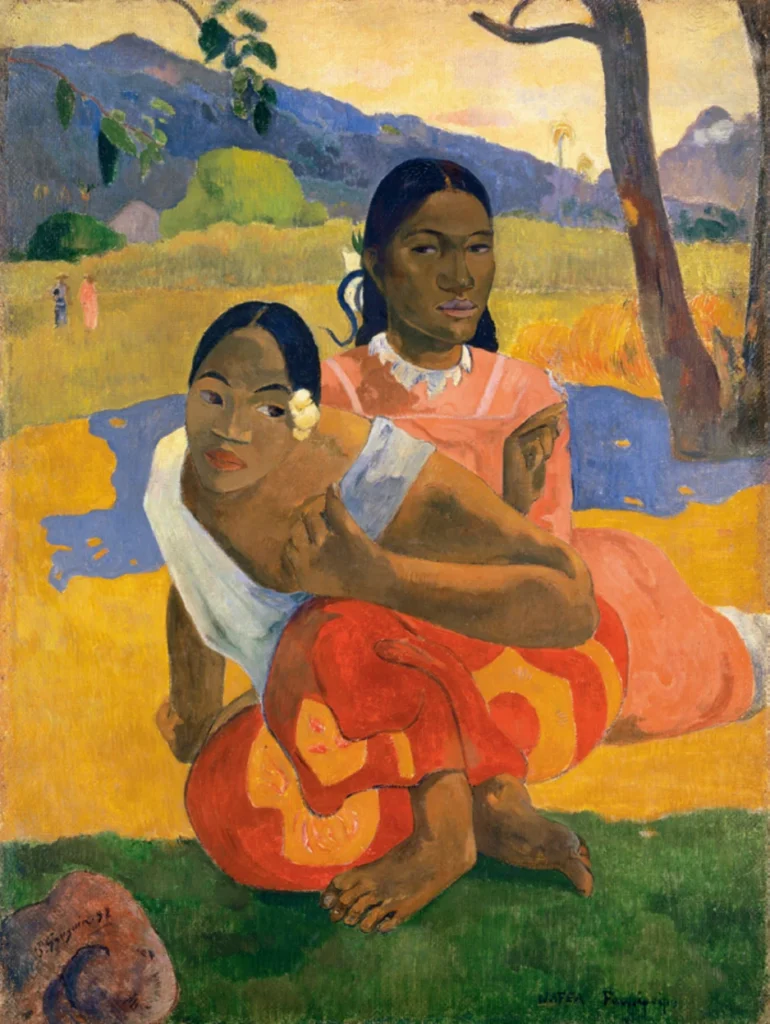These pieces, created by renowned artists, transcend time and continue to fascinate collectors and art enthusiasts.
In this article, we will reveal the 5 most valuable works of art in the world, delving into the history behind each one and exploring the reasons why they have achieved such importance and value.
The influence of culture on valuable artworks
Culture profoundly shapes valuable art. Esteemed artists draw from this rich source to create works that reflect, question, and celebrate society.
Each piece serves as a mirror reflecting the values, conflicts, and beauties of its era. From painting to sculpture, culture nurtures creativity.
The most valuable artworks bear witness to the evolution of human culture, transcending mere monetary value.
They link generations across time and space, illustrating how culture influences and elevates art. Recognizing this connection between culture and valuable art highlights the importance of preserving both creations and culture itself.
If you are a collector and want to maximize your acquisition and sale opportunities with valuable art pieces, SSAA helps you with an in-depth market analysis.
Discover the iconic valuable artworks
The art market has witnessed astonishing auctions, where priceless pieces found new homes after negotiations of record figures.
Below, you will discover what are the 5 most valuable works of art ever sold, who are the artists behind these iconic creations, the values involved, and the stories behind each painting.
1. “Salvator Mundi” – Leonardo da Vinci (sold for $450.3 million)
The painting “Salvator Mundi,” attributed to Leonardo da Vinci, holds the position of the most expensive artwork ever sold to date.
This sacred work, which depicts Jesus Christ offering a blessing with his right hand raised and holding a transparent globe with his left hand, was sold for $450.3 million – approximately R$ 2.3 billion.
The Crown Prince of Saudi Arabia, Mohammed bin Salman, acquired the piece at a Christie’s auction, although there are debates about the authenticity of the work as a legitimate Da Vinci.

Salvator Mundi,
by Leonardo da Vinci (circa 1500).
Oil on canvas.
(Photo: Wikimedia Commons)
2. “Interchange” – Willem de Kooning (sold for approximately $300 million)
Next on the list is “Interchange,” a vigorous expressionist painting by the Dutch-American master Willem de Kooning.
The artwork exemplifies his transition from figurative to abstract expressionism. Known as the “artist’s artist,” de Kooning’s gestural style revolutionized the art world, drawing inspiration from figures, landscapes, and still life.
This particular piece features a prominent pink center, symbolizing a reclining woman amidst a vibrant urban backdrop, signifying de Kooning’s departure from his earlier focus on women.
Valued for its vitality and strong expression of movement, the work was acquired for an estimated value of approximately $300 million by Kenneth C. Griffin from the David Geffen Foundation in 2015. It represents a significant milestone in the history of expressionist art.
“Interchange” now resides on loan at the Art Institute of Chicago, adding to Griffin’s impressive art collection, which includes notable works by artists like Jackson Pollock.

Interchange,
by Willem de Kooning (1955).
Oil on canvas.
(Photo: Divulgation)
3. “The Card Players” – Paul Cézanne (sold for $250 million)
During the 1890s, Paul Cézanne produced a series of five paintings depicting laborers engaged in playing cards.
Among these works, this particular piece stands out for its tranquil depiction of two men absorbed in a game, marking a departure from Cézanne’s earlier dramatic and colorful style.
Despite most of the series being housed in renowned museums worldwide, this specific painting was acquired by the royal family of Qatar in 2011 for a staggering $250 million. The acquisition occurred during a peak period of recognition for Cézanne, emphasizing the significance of the artwork.
The remaining four pieces from the series are prominently displayed at institutions such as the Metropolitan Museum of Art, the Musée d’Orsay, the Courtauld, and the Barnes Foundation.

The Card Players,
by Paul Cézanne (1890-1892).
Oil on canvas.
(Photo: Divulgation)
4. “Nafea Faa Ipoipo?” – Paul Gauguin (sold for $210 million)
“Nafea Faa Ipoipo?”, or “When Will You Marry?”, is an early masterpiece by Paul Gauguin, painted after his voyage to Tahiti in 1891.
Depicting a native Tahitian woman adorned with a white flower, symbolizing her readiness for marriage, alongside her protective mother, the painting embodies Gauguin’s fascination with Tahitian culture.
Initially reported to have sold for $300 million, a later lawsuit revealed its actual sale price was $210 million, adding to the intrigue surrounding this significant artwork.

Nafea Faa Ipoipo?,
by Paul Gauguin (1892).
Oil on canvas.
(Photo: Wikimedia Commons)
5. “Number 17A” – Jackson Pollock (sold for approximately $200 million)
Last but not least is “Number 17A,” by Jackson Pollock, a pioneering figure in abstract expressionism, who revolutionized the art world with his groundbreaking “drip” technique.
The painting, characterized by vibrant colors splashed across a fiberboard canvas, exemplifies his mastery of this dynamic approach.
Acquired as part of a $500 million deal involving the David Geffen Foundation and collector Kenneth Griffin, “Number 17A” stands as a testament to Pollock’s enduring influence and artistic innovation.

Number 17A,
by Jackson Pollock (1948).
Oil on fiberboard.
(Photo: Divulgation)
How artworks achieve record values
Valuable artworks aren’t born overnight. It’s a complex process involving recognition and admiration. Renowned artists see their works disputed in auctions, fetching record-breaking values.
But what makes these pieces so sought after? The answer lies in a combination of factors like history, rarity, and cultural impact.
The provenance of the pieces holds significant weight. Artworks tied to important historical figures or famous collections gain additional value.
Additionally, the condition of the artwork matters greatly. Well-preserved pieces over the centuries are rare gems.
Moreover, the cultural and social context in which an artwork exists influences its value. Valuable artworks often reflect significant historical moments or artistic movements that defined eras.
Human desire for exclusivity and prestige also drives collectors to invest astronomical sums in these pieces. Consequently, artworks become valuable assets, symbols of status, and central pieces of impressive collections worldwide.
Subscribe to our newsletter and stay up to date with the most relevant art auctions on the market.
Understanding how these artworks achieved astronomical values offers insight not only into the art world but also into profound aspects of society and cultural values.
By appreciating these valuable artworks, we’re invited to reflect on the role of creative expression in our lives and how it’s valued over time.
Don’t let your exploration of the beauty and value of these artworks end here. Explore our website for more fascinating stories, unique cultural insights, and hidden treasures of the art world!
